I’m going to assume you care about social media.
Even if you haven’t yet mastered it, you care about its immense potential as a means to connect with prospects, customers, partners, and potential employees.
So you school yourself on the do’s and don’ts of social media marketing. In doing so, there’s no doubt you’ve come across posts, videos, and every other type of content focused on the common mistakes brands make.
I just searched “social media mistakes” and read a few of the top ranking posts. (This one was strong.) I’ll grant you, the mistakes, though a bit trite, are mostly legit. But there’s one—a big, bad and easily correctable mistake—that’s almost never mentioned…
The fix? Empowering your employees to expand your brand’s social media brigade.
It’s called employee advocacy. And despite the mature state of social media today, the seldom-practiced strategy is still a baby. In this post, we’ll examine employee advocacy best practices from experts in the field.
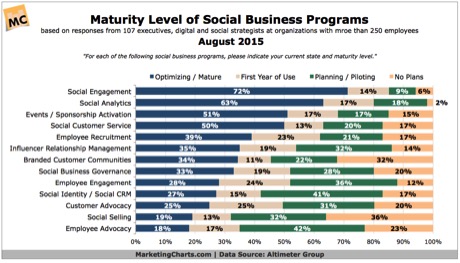
The bottom line of this chart, based on data from Altimeter Group, indicates the least mature area in the realm of social business is employee advocacy.

An ebook from LinkedIn claims a mere 3 percent of employees share company-related content.
Employee advocacy pays
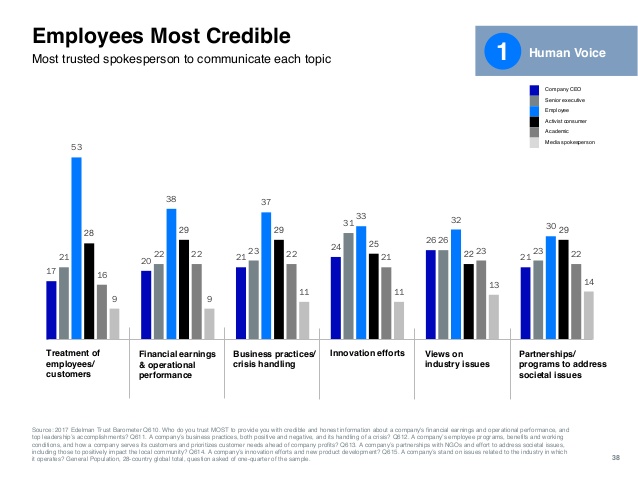
It’s easy to make a case for implementing an employee advocacy program.
Across the board, when sharing insights about a variety of topics, employees deliver more cred than anyone else—including activist consumers.
- Messages shared by employees went 561% further than the same message shared on a brand owned channel.
- Brand messages are re-shared an average of 24x more frequently when distributed by an employee vs. the brand.
- Nearly 64% of advocates in a formal program credited employee advocacy with attracting and developing new business, and nearly 45% attribute new revenue streams to employee advocacy.*
- Nearly 31% of all high-growth firms now have a formal employee advocacy program in place *

A quick look at the benefits of employee advocacy
According to Smarp, a company whose platform helps companies empower employees to stay informed and share their knowledge, the four main advantages of employee advocacy are:
- Reach—Employees have the potential to reach more people than the sum of their corporate social media channels. Advocacy may span beyond the platforms companies are using because employees may be active on networks their employers don’t use.
- Credibility—Compared to advertising and marketer-generated content, employee generated messages are perceived as more credible and trustworthy.
- Employee engagement—An employee advocacy ties employees more closely to the company and has the potential to increase employee engagement. Employees rally around the idea of making a difference and therefore find more meaning in their work.
- Personal brand development— Employee advocacy not only empowers employees to act as brand ambassadors, but also helps enhance their personal brand.
85.6% of employees in firms with a formal employee advocacy program say their involvement on social media for professional purposes has helped their career.
Employee advocacy best practices
So, how’s it done?
Create a culture of employee advocacy
Employee advocacy flourishes when employees are motivated to become brand ambassadors. It’s vital to make the employee feel trusted and confident he or she is a worthy spokespeople for the company.
Establish guidelines
To protect the company’s reputation and avoid legal issues, it’s important to create and share social media guidelines for employees to follow. Your policies should empower rather than restrict. Smarp recommends you focus policies on:
- A professional code of conduct
- Copyright laws
- Transparency
- Respect towards other social media users
Plan your launch
In most cases, it’s wise to start small and expand your employee advocacy program incrementally. Starting small will help you discover what resonates with your employees and gather feedback from them.
Should you choose to launch on a larger scale from the get-go, you’ll want to have a plan in place that includes training, communication, and assigned responsibilities. This approach will likely involve your workforce at large, so you’ll want to be systematic and organized.
In either case, always have the support from the C-suite going in. Employee advocacy programs need the full support of executive champions.
Have killer content ready to go
Your employee advocacy program goes nowhere without great content. Consider how you’ll create and share:
- Branded content such as case studies, blog posts, events updates, downloadable assets and anything that promotes the brand.
- Employer branding content such as job posts, posts about the company culture, behind-the-scene photos and video, and anything that reveals what your company is like as an employer.
- Industry insights highlighting knowledge tied to your market.
- Employee-generated content from people and departments that can offer relevant information.
Put time-saving tools in place
You’ll get the most out of your initiative by using an employee advocacy platform that makes it easy for employees discover and share content.
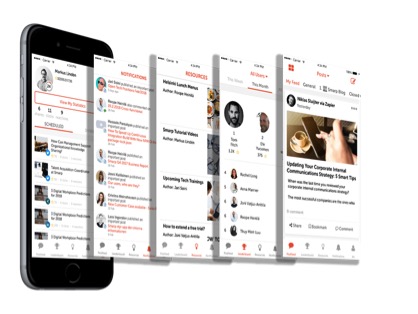
Smarp is both a mobile and browser application designed to ensure content reaches everyone in the organization.
Train the troops
The spark that ignites employee advocacy is training.
- Explain the purpose of the program to those who volunteer to participate. Help them understand how their social media efforts can help them grow professionally.
- Develop an onboarding program and provide the materials they’ll need to get started.
- Consider providing an orientation and launch training sessions.
- Keep the lessons and encouragement coming with educational assets such as ebook and videos, emails, tips for using social media tools.
Motivate with incentives
You want your employees to know they’re making a positive impact. In addition to encouraging participation in the program, be sure to acknowledge the efforts of your employee brand advocates.
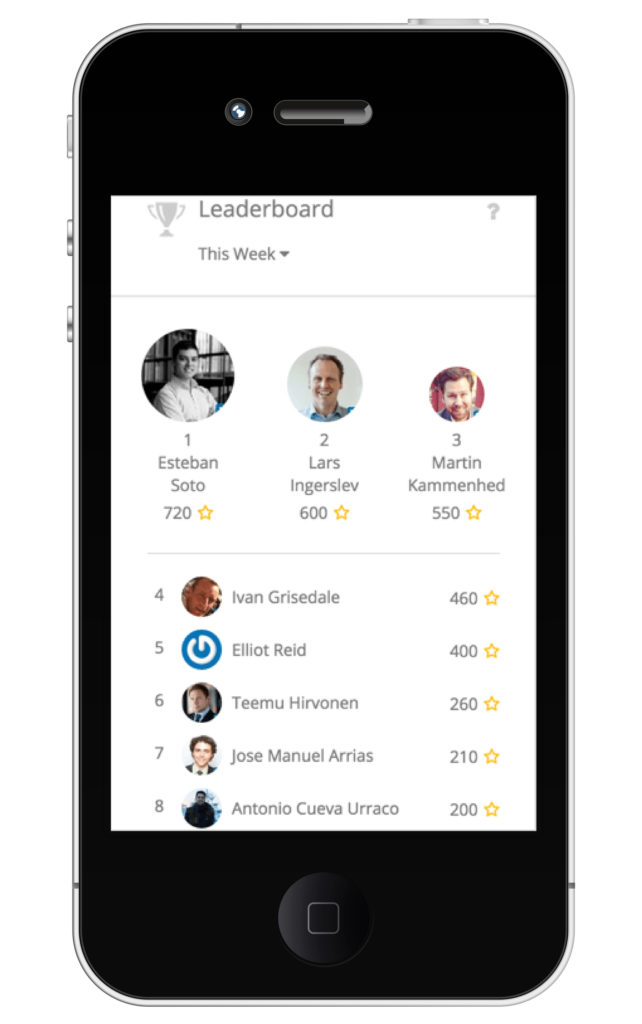
Consider creating contests and gamifying the process with a point system and leaderboards. Develop and offer fun rewards and devise ways to recognize participants and top achievers.
You might give a shout-out to your top brand advocates during meetings and via newsletters and/or your intranet.
Measure performance
Your advocacy program should be analyzed regularly and evaluated based on pertinent performance indicators. Smarp recommends keeping an eye on the following metrics to better understand the impact of your initiative:
- Reach—How many people you have reached via social channels
- Activity—The number of active users during a selected time period and the number of posts
- Social reactions—Comments, likes and re-shares and other engagement metrics
- Website visitors—How many unique visitors came to your website through employee advocacy
- Earned media value—Assign values to desired actions such as visits, downloads, etc.
A word of warning
Should employee advocacy be optional?
For your company, I say NO. If you have a positive corporate culture and sense that a number of employees will respond to an advocacy program—and enjoy it—you won’t regret taking steps toward making it happens.
However, for individual employees, YES, participation must be optional. Not every employee gets into social media or the idea of doing it for their company. So force-feeding your program could annoy some of your staff and create unnecessary backlash.
Make employee advocacy optional. It’ll be far more authentic. In fact, you may want to pilot the program with a small group of social media enthusiasts and expand incrementally as you gain traction.
In a post on the Edelman.com blog, Julia Leitman writes, “Start with a small group of the most influential employees. Equip them with powerful content and empower them to share it in their own voices. Find employees who are natural storytellers, love what they do, aren’t afraid to say it and are already active on social media.”
One more employee advocacy best practice
A deliberate and strategic employee advocacy program is a smart social media play for any kind of company looking to expand its reach inexpensively—and with authenticity.
If you haven’t yet started with employee advocacy or have struggled to get the ball rolling, consider the best practices detailed above and this final thought…
Make it fun and easy to participate.
If sharing content is a tedious process, your program’s not going to fly. Make it easy for advocates to get involved and stay involved. You can do so by:
- Drafting pre-written social messages
- Making it easy to personalize the messages
- Enabling sharing with a click or two
- Offering a mix of company-related content and curated industry content
And finally, a fun quote from my articulate friend and marketing comrade, Jay Baer:
“Your employees are your greatest brand advocates.
If it’s not the case, you have a much bigger problem than just a social media problem!”
Get a free consultation with Barry Feldman to discuss your content marketing and social media needs.

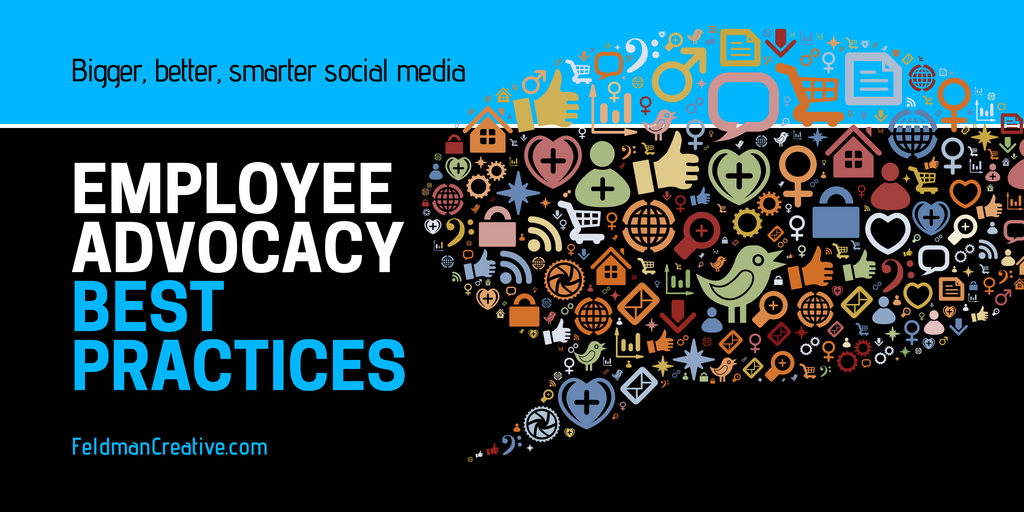


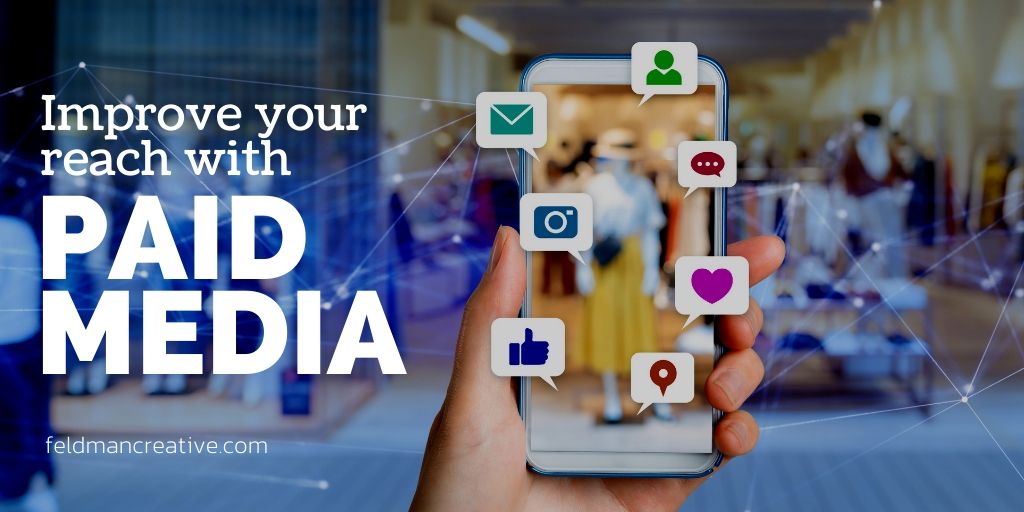


Comments
Nicola Yap
Our company practices this whenever a new company blog post is shared. We help each other think of copy for the social shares, and make sure everyone across teams knows that we have new content by sending out a company-wide email. If you aren’t encouraging any employee advocacy past your social media department, you really are missing out on a lot of potential visibility.
Barry Feldman
Yes, well said. That’s why the Smarp app exists. It streamlines that process.
Chris Weatherall
I always run in to the problem where employees don’t want to interact with their personal social potentially. So these are really good suggestions to get them motivated. I started just telling people in the hiring process that they need to be a brand advocate so look at our content and decide if you love us or not upfront!
Barry Feldman
Hmm. They “need” to be? I’d say they’re welcome to be.
Chris Weatherall
Welcome is for the grandfathered in employees any new hires “need” to be LOL We all know you’re the nice SEO
Cherry
Great ideas! Our company uses a similar practice, asking employees to share blogs, events, exciting updates, etc, but always included is “suggested content”. I think it helps people be able to stay professional, but put their own spin on it as to not sound too canned. A friend of mine works for an insurance agency and they require the employee advocates to have separate SM platforms that are strictly for business, nothing personal. I think that’s a great idea for larger companies.
Barry Feldman
Not sure I agree with that final idea. Perhaps it makes sense in certain industries, but one of the ideas behind employee advocacy is to empower them to reach their friends.
Saurabh C
Social media is an obvious choice for an employee ambassador program. Nearly everyone has at least one social media account, and your employees’ inner circles are groups of people you may not be able to otherwise reach. Thanks for sharing a great article.